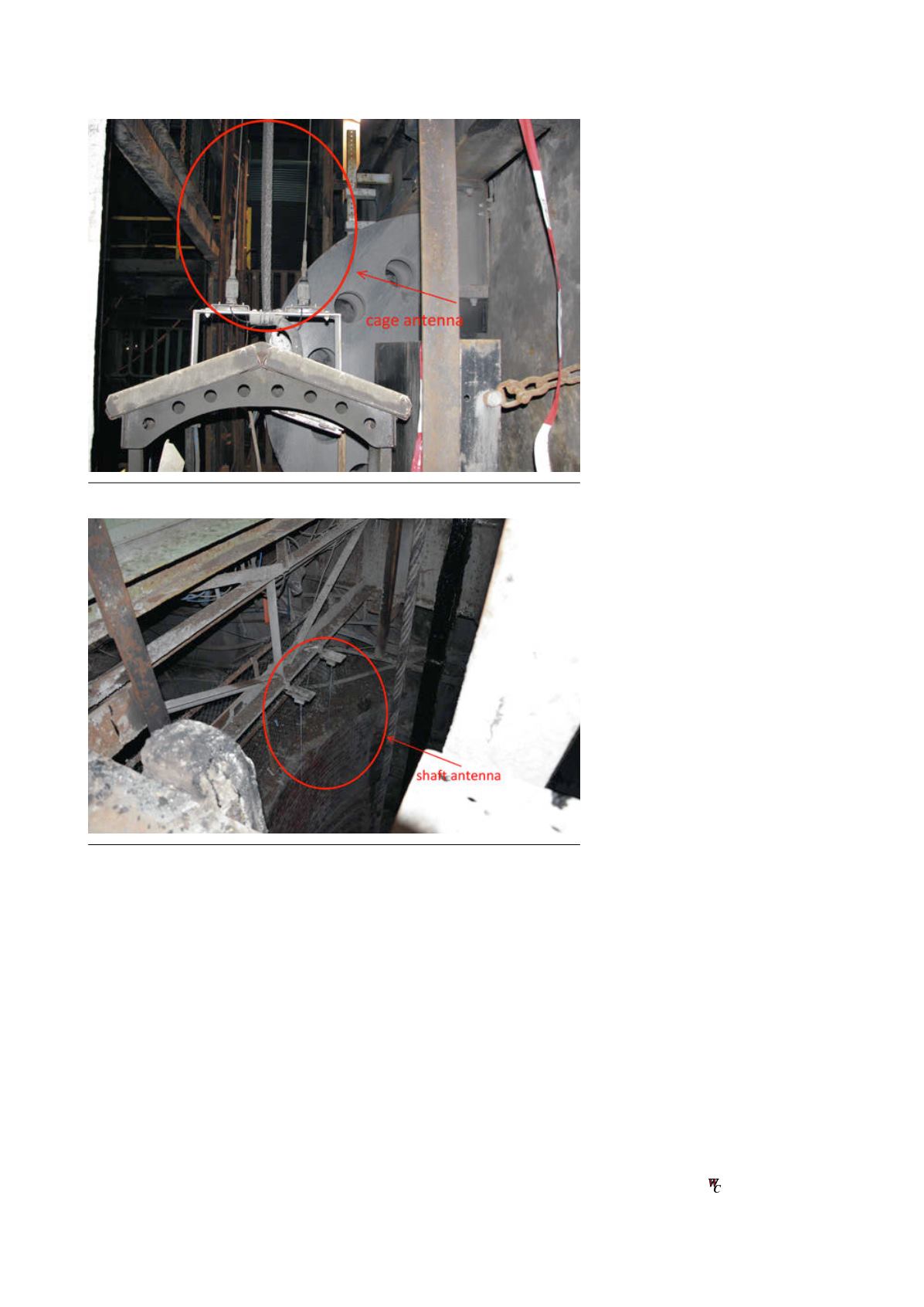
periodical transmission of data
telegrams to the master.
If for a period of 900 msec. no
telegrams or incorrect telegrams are
received, only an error in radio
transmission is reported to the process.
The outputs of the output modules are
reset, the error is shown on a
diagnostic unit and a corresponding
output is connected in parallel.
The error signal is
deleted/cancelled when the next
telegram is received without any errors.
The hardware used and the
computer functions are monitored by
secondary (software) tests with checks
of the permanent and temporary
memory (ROM/RAM); in particular,
data transmission is protected against
faulty output by toggle bit
transmission and detection of received
errors by verification of telegram
length and contents (e.g. parity or
framing error detection), block check
mechanisms (even parity, CRC check),
as well as sending and verification of
two start and end of telegram
identifiers. The data transmission
safety equals a hamming distance of at
least D = 4 (three bit errors in a
telegram frame can be detected).
Operating the local I/O modules on
the MOD02 modem requires the
connected module types to be
prescribed and parameterised. The
MOD02 detects whether the connected
I/O module actually complies with the
parameterised type and address – for
example, if the I/O module connector
is removed or defective, or if an
incorrect address is set. Additionally, if
the electronic system of the I/O
module is defective, a module error
(local I/O error) is detected. It is
possible to show the error messages on
a connected diagnostic module.
Summary
Enhancing safety is a central theme of
the design and the MR90 shaft radio
system has been proven to be a reliable
instrument in shaft conveyance, which,
on the one hand, goes back to the
analogue, frequency-modulated radio
transmission technology in the
selected frequency range and on the
other hand, to the extensive protection
and error monitoring of the
safety‑relevant, bi-directional, serial
telegram transmission.
In order to avoid mutual
interference, technical as well as
organisational aspects are of utmost
importance too. This is why the MR90
shaft radio system is designed in such
a way to exclude external or mutual
interference by numerous adjustable
allocation and coding options that
protect remote data transmission.
Finally, it should be mentioned that
due to continuous improvement in the
system development, operational safety
and availability is enhanced. Modern
modem chips are able to repair parts of
a defective radio telegram on the
receiving side and to thereby ensure
further improved transmission
safety/rate. Repeated telegrams are
avoided.
Numerous interfaces enable simple
connection to a variety of shaft
conveyor systems and radio system
diagnostics. Due to further
optimisation of all high-frequency
components, the system is less
susceptible to outside interference.
This is very important in today’s
age of mobile connectivity of manifold
devices and components, since many
different radio services and
electromagnetic interference sources
affect the system.
Figure 3. Cage antenna.
Figure 4. Shaft antenna.
48
|
World Coal
|
March 2016


